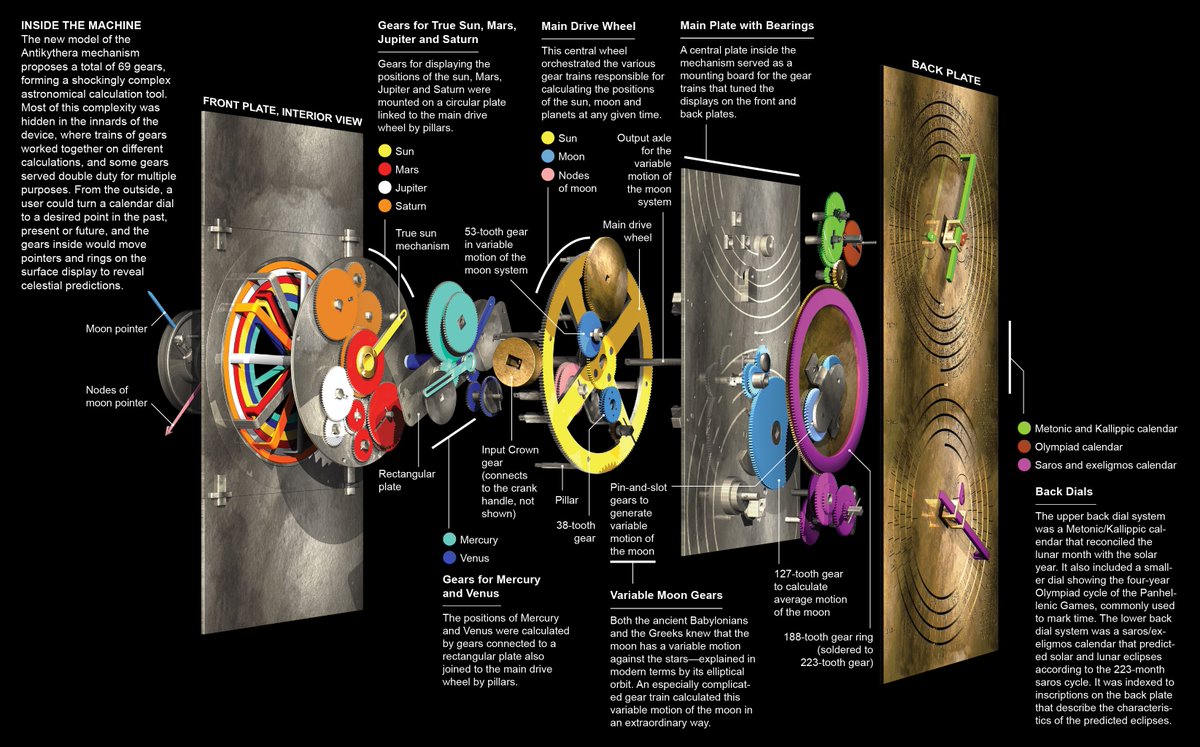
Nonhuman Life as Infrastructure via @maanbarua in @SocietyandSpace
"Infrastructures are rapidly expanding to include nonhuman life, heralding a new age of animals as infrastructure."
societyandspace.org/articles/nonhu…
"Infrastructures are rapidly expanding to include nonhuman life, heralding a new age of animals as infrastructure."
societyandspace.org/articles/nonhu…

@maanbarua @SocietyandSpace "From ecosystem engineering to the mitigation of risk, from cyborg assistants to partners in economic assembly, the casting of nonhuman life as infrastructure affirms, but also troubles, what constitutes infrastructure. In this intervention, I map some of the modalities of
@maanbarua @SocietyandSpace refiguring nonhuman life as infrastructure and discuss the biopolitical and bioeconomic implications of this turn. I argue that the infrastructural status of nonhumans derives from their living potentials and capacities. It derives, in other words, from their very status of
@maanbarua @SocietyandSpace being alive. A critical reading of how nonhuman life is rendered as infrastructure points to strategies of economizing nature and shows how such strategies simultaneously become endeavours to govern human life as well. Yet, nonhuman life is not entirely subsumed by capitalist
@maanbarua @SocietyandSpace projects. There are always possibilities for other alliances or lines of flight which can be infrastructure for non-capitalist motives.
@maanbarua @SocietyandSpace One modality through which the activities of nonhumans are couched as infrastructure pertains to provisioning infrastructures: services that animals provide through their metabolic and ecological being, often only evident through glitches and breakdown...
@maanbarua @SocietyandSpace Provisioning infrastructures, constituted through more-than-human body-work, are often means through which the urban poor cope with precariousness or make-do when basic staples are not provided by the State.
@maanbarua @SocietyandSpace Whilst it is undeniable that such animal infrastructures play important roles in urban assembly, there is a risk of positing them as apolitical eco-technologies or service providers.
@maanbarua @SocietyandSpace Provisioning infrastructures of this sort can be used by the State and urban planners to justify cuts in public sector services. They can become means of creating further immiseration by reducing access to basic staples.
@maanbarua @SocietyandSpace The new age of animal infrastructures can in some ways be linked to austerity: capitalist attempts to re-engineer society through reduced public spending...
@maanbarua @SocietyandSpace A further modality pertains to what one could term ecological infrastructure: organisms recruited to act as controls on material flows according to human, and capital’s, desires...
@maanbarua @SocietyandSpace In fact, techno-ecological conditions extend to futures that are deemed risky and turbulent. There is an emerging biopolitics of governing human life via resilience infrastructures: animals and plants out to work to absorb and annul events...
@maanbarua @SocietyandSpace Yet, not all nonhuman infrastructures need be about capitalist modulation or capture. They can entail forms of collaboration & improvisation between people and nonhumans that become collective platforms subtending the practice and reproduction of economic life at the margins...
@maanbarua @SocietyandSpace Interrogating how nonhuman life is configured as infrastructure points to new ways to understand relations between biopower, capital and the governance of life. Through provisioning, ecological and resilience infrastructures we witness various tendencies by the State-capital
@maanbarua @SocietyandSpace nexus to economize life, where biopower functions as an element of capitalism, transforming life into the capacity to work, and bringing the very acts of doing and being into the ambit of accumulation.
@maanbarua @SocietyandSpace Equally, these infrastructures are about modulating and managing human life, in the wake of austerity and chaotic, catastrophist futures.
@maanbarua @SocietyandSpace Infrastructures in a minor key point to variations, where other collaborations between humans and nonhumans are actualized, against the grain of planning and majoritarian design.
@maanbarua @SocietyandSpace Together, they point to a wider infrastructural ontology, where new eco-technological conditions are being forged but are also being taken along unprescribed pathways that open up possibilities for non-capitalist commons."
@maanbarua @SocietyandSpace Related #TerrestrialPolitics essay from us:
"A theoretical approach to the political reorganization of every Terrestrial being’s dwelling place"
eclecticspacewalk.substack.com/p/eclectic-spa…
"A theoretical approach to the political reorganization of every Terrestrial being’s dwelling place"
eclecticspacewalk.substack.com/p/eclectic-spa…

• • •
Missing some Tweet in this thread? You can try to
force a refresh







